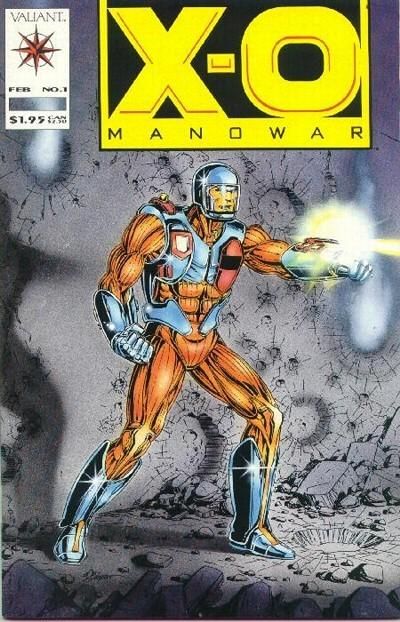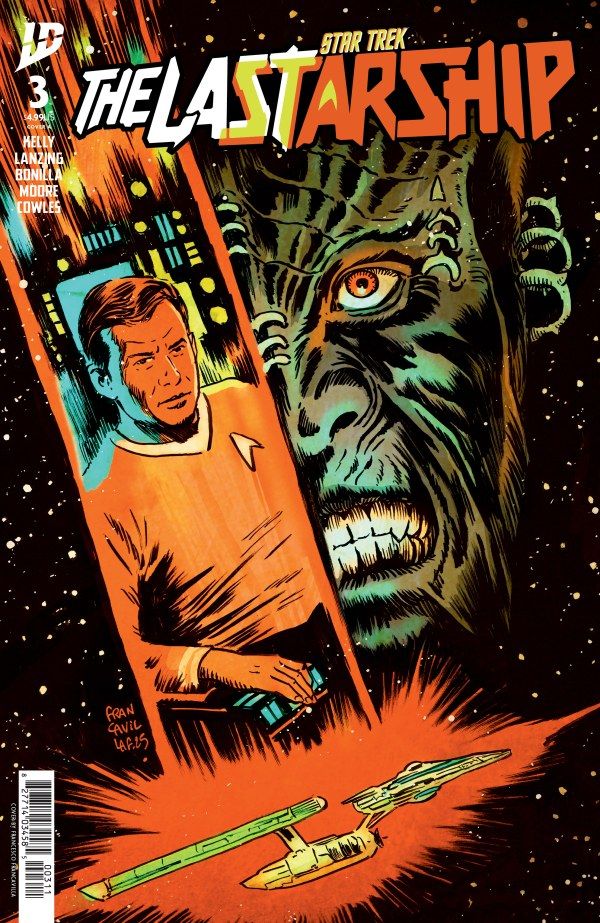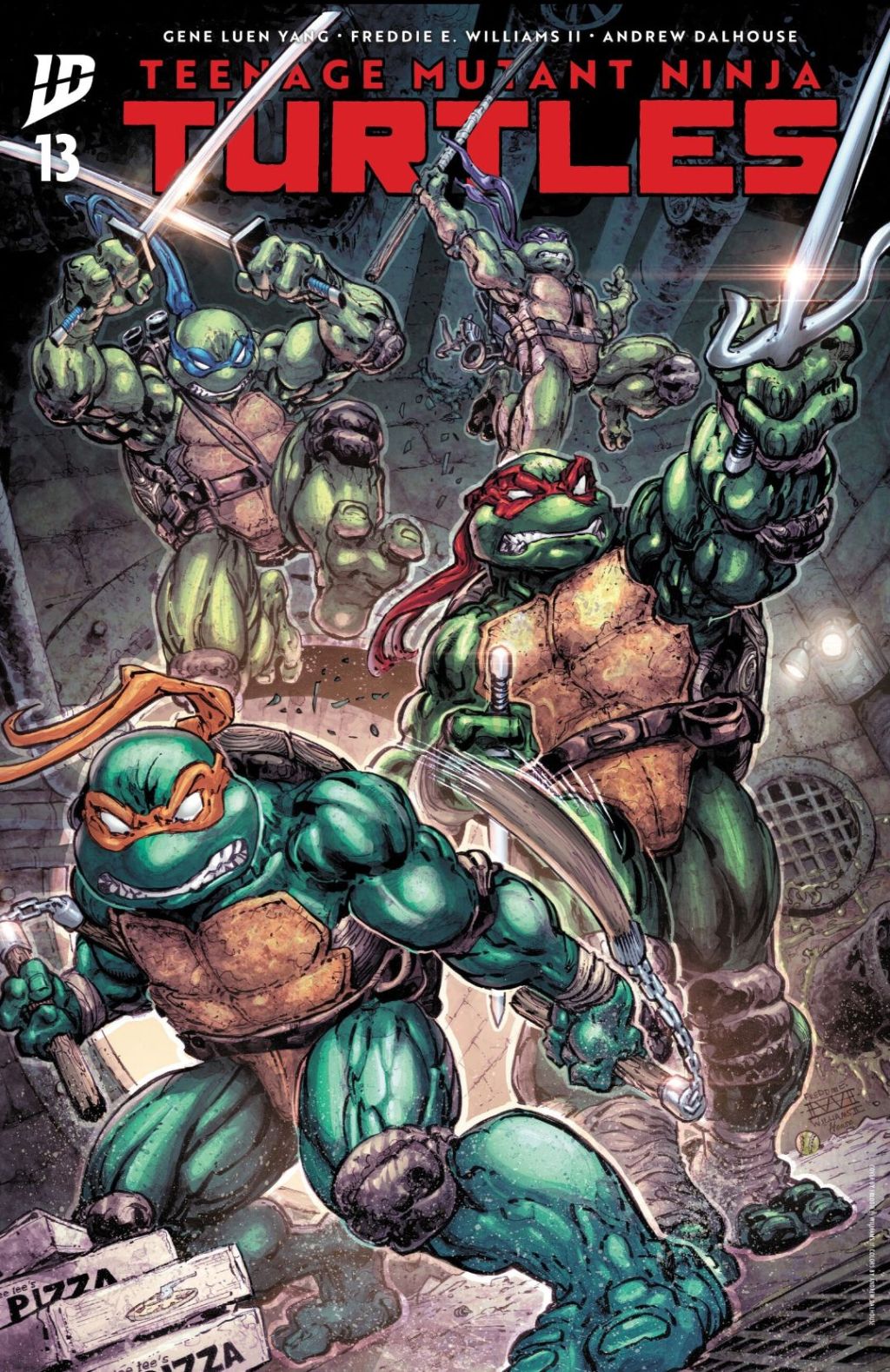
Note: I originally wrote and published this review way back in 2023, not long after the game launched. Though I stand by everything I’ve said below in how enjoyable Star Wars: The Clone Wars is overall, I feel I must add (after revisiting the game after a long time away) that the rules, as written, could definitely be vastly improved.
There’s clarifications that are definitely missing and far too much flicking back and forth to find the answers to questions that arise during play.
That aside, it’s not a difficult game to learn overall and once you get the flow of the game, well – check out my review below for more details.
Pandemic is a hugely popular game – and the underlying system it runs on has seen it rethemed in a surprising number of non-viral-outbreak-related ways.
Following on from what was previously perhaps the biggest departure from the formula so far – 2021’s World of Warcraft: Wrath of the Lich King – is this clever adaptation of Star Wars – The Clone Wars.
The game casts players in the role of different Jedi as they fly around the Star Wars universe, trying to defeat waves of Battle Droids and complete missions, with the looming threat of a villain who’ll ultimately need to be defeated before the Separatists gain control of the galaxy once and for all.
It’s a genuinely impressive application of the Pandemic formula, with some really clever and very welcome changes that make it both more thematically appropriate to the setting and friendlier to new (or perhaps younger) players.
The basic turn structure feels very familiar, with players given four actions per turn – moving to a planet one step away is one action, drawing a reinforcement card (up to a hand limit of seven) also costs an action; attacking Battle Droids on a planet will spend an action point, as will attempting to complete a mission on the planet you’re on.
Each Jedi has a special ability on their card, which is usually a free, pretty powerful action that can be taken in addition to the four actions already available to a player each turn.
Once these actions are taken, it’s time to deal with the villain – each of whom has their own deck, again tuned to feel thematic to their character.
Drawing and dealing with the effects of the top card of the villain deck (which may cause the villain to move, attack or kick off new planet invasions) is what happens here, with players then having to move on to the Invasion step – which functions just like the Infection phase of Pandemic.
Draw Invasion cards to see which planets need to add new Battle Droid forces – and if at any time there are three Battle Droids and another is supposed to be placed, instead it causes a blockade. This is represented by a Battle Droid Ship, which has two health (compared to the 1 each Droid has) and must be dealt with prior to Droids being dealt damage during a battle.
Oh, and if you happen to have let a planet get that out of control in the first place, when a Blockade happens the Threat level rises too – if this goes too high, it’s Game Over for the Republic heroes.
Battling – ie dealing with infections, if you’re comparing to Pandemic – is carried out differently in The Clone Wars, with the chaos of warfare represented by a chunky, custom 12-sided dice bearing various symbols, representing success, damage, both or none in various numbers.

Simply roll enough successes per Battle Droid to rid a planet of its Separatist forces – or two Successes for a Blockade – and that’s that.
Each damage, however, removes one of your troops – which means losing a card from your hand.
As does leaving a Battle Droid on a planet – each one remaining after a die is rolled (and the successes dished out, if any) causes one damage to your hand too.
One of the coolest things about the Reinforcement cards that make up your hand is that every single one is unique, even though there’s only a few types.
There’s a few types of Clone Troopers – Stealth or Assault – which can also be exhausted (turned sideways until your next turn) to add a success per card to an Attack or Mission; every single one of these is a different image of a Clone Trooper, with their own name – each of them drawn from The Clone Wars TV show (and beyond).
A few other card types can assist too – blue cards help you move planets instead of one for a single action and yellow are armour cards that can soak up a single hit of damage each when exhausted.
Jedi on the same planet together can each contribute cards to an Attack or Mission attempt, though Stealth and Assault cards can’t be used in the same attempt together unless specified on a Mission card (and never in a standard Attack unless an ability is worded such that it’ll allow it).
Missions tend to require a lot more successes – and thus, collaboration between players – in order for you to succeed; what I loved about the missions is that even these feel brilliantly thematic.
Each of them is named after a different episode of The Clone Wars and features flavour text that explains the plot of the episode (and thus what mission it is you actually need to attempt).
The villains are a different matter altogether, with their own health points and behaviour; the ones in the box are Asaaj Ventress, General Grievous, Darth Maul and Count Dooku, who all feel completely different and have varying levels of difficulty.
Dooku is a particular pain, as he uses other villains as his minions – meaning that you’ll have them to deal with as well as the fallen Jedi himself as the game progresses!
Complete enough missions – you determine how many at the beginning of the game; it’s dependent on how much of a challenge you want to make it – and you’ll face the villain in their bespoke finale on the rear of their card.

That thematic integration flows through every facet of The Clone Wars so well; during the finale for General Grievous, for example, you’ll need to pursue him and defeat him numerous times.
Just as in the show, he has a tendency to escape the clutches of the Jedi at the last minute, necessitating desperate chases to track him down.
Though based on the Pandemic system of co-operation, the spreading of a persistent enemy to deal with across the board and even in its turn structure for the most part, there are enough differences that this feels like a good complement to Pandemic, rather than a replacement or a lesser version of it.
The theme really is beautifully handled and the components are superb.
The villain and Jedi miniatures are all wonderful and would lend themselves well to being painted if you’re so inclined; even the Battle Droids, as tiny as they are, come in a number of different poses so as to look visually more interesting when occupying a planet.
Cards are high quality in terms of their thickness and finish – and the art in general on Reinforcement cards is absolutely beautiful, with dynamic poses and imagery recalling the aesthetic of the TV show, without slavishly copying its angular character designs.

It’s a really satisfying game to play and it feels a lot more forgiving than standard Pandemic, even if the die roll during attacks and missions can sometimes cause upset – there’s lots of ways to try and mitigate bad luck before you even engage in combat, so there’s definitely a skill element in knowing when it’s best to attack and when to hold back for a turn or so.
It’s not cheap, but with four villains to keep things fresh and plenty of missions to undertake, there’s an awful lot of replay value here.
It plays just as well with two players as it does with more – and there’s even a straightforward solo mode too.
I may be biased as a lifelong Star Wars fan and, finally, someone who’s warmed up to Prequel-era Star Wars (thanks, it must be said, mostly to The Clone Wars animated series itself – which adds much needed depth and context to so many characters and events between films), but Star Wars – The Clone Wars is a superb game that I’d highly recommend.
If you’re already au fait with Pandemic itself, learning to play The Clone Wars won’t be too difficult, but you will have to adjust to the few things it does differently.
If you’re not familiar with the original game, The Clone Wars really isn’t too tough to get your head around at all, especially with the very useful turn reference cards that each player gets, along with handy text on each card itself.
Regardless of whether or not you’re a prior fan of Pandemic, if you’re a Star Wars fan as well, you’ll have an absolute blast with this game.
You can buy Star Wars – The Clone Wars from Amazon here.





Leave a comment